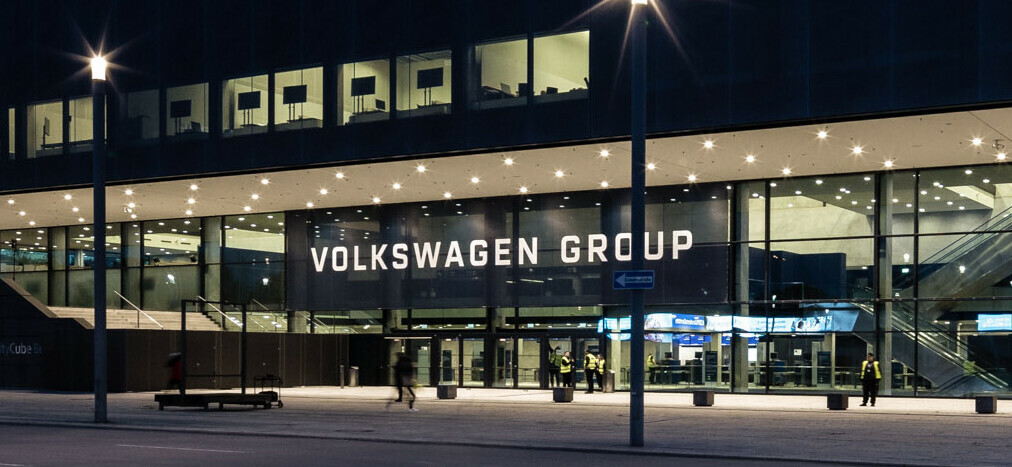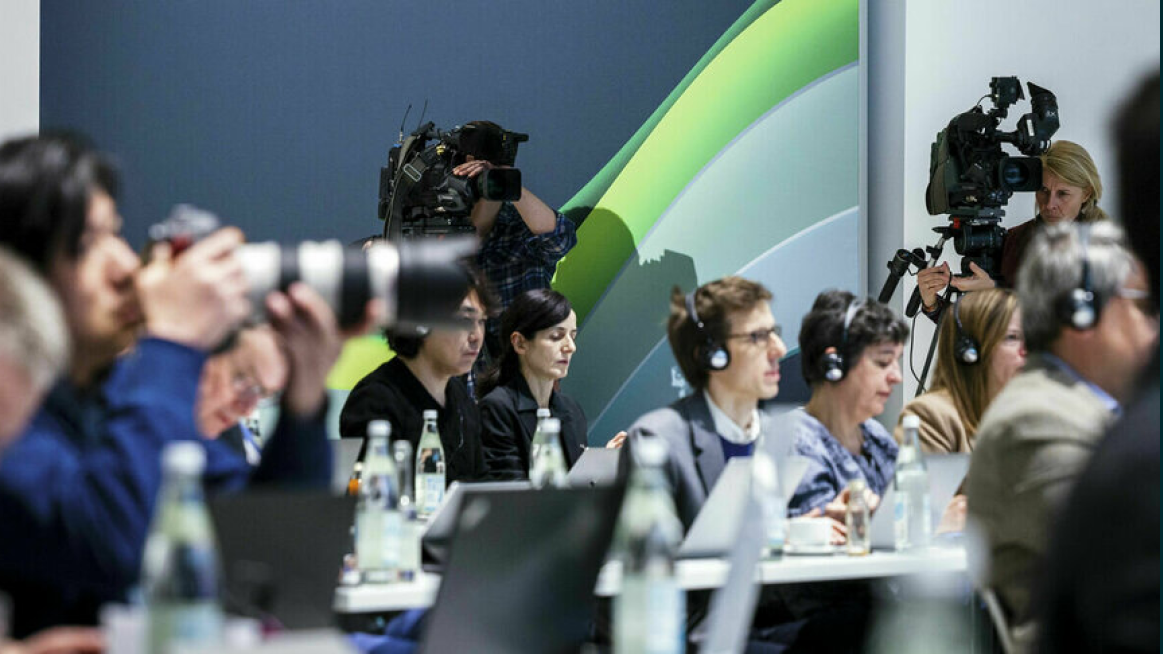He continues: “No car maker in Europe transports more freight by rail using renewable electric power than Volkswagen. In addition to our electric vehicle production having a carbon-neutral footprint, this is a further element in being able, for instance, to hand vehicles from the Volkswagen ID range to customers without any CO2 baggage.”
When operations are running normally, over 190,000 freight wagons a year are in use for Volkswagen. On average 38 long-distance and 157 local trains a day deliver materials to the plants - in total around 100,000 wagons a year. Meanwhile, around 90,000 wagons take approximately 900,000 vehicles from the plants to 40 interim storage facilities, distribution centres and ports. The brands transported in this way are Volkswagen Passenger Cars, AUDI, ŠKODA, SEAT, Porsche and Volkswagen Commercial Vehicles.
“Each ton being transported by rail automatically reduces CO2 emissions by 80%. By making this switch, Volkswagen is sending out a strong signal and giving its backing to 100% green transportation with no CO2 emissions. That pleases us as DB Cargo and will please our environment even more”, says Dr Sigrid Evelyn Nikutta, DB Freight Transport Director and Chair of DB Cargo.








